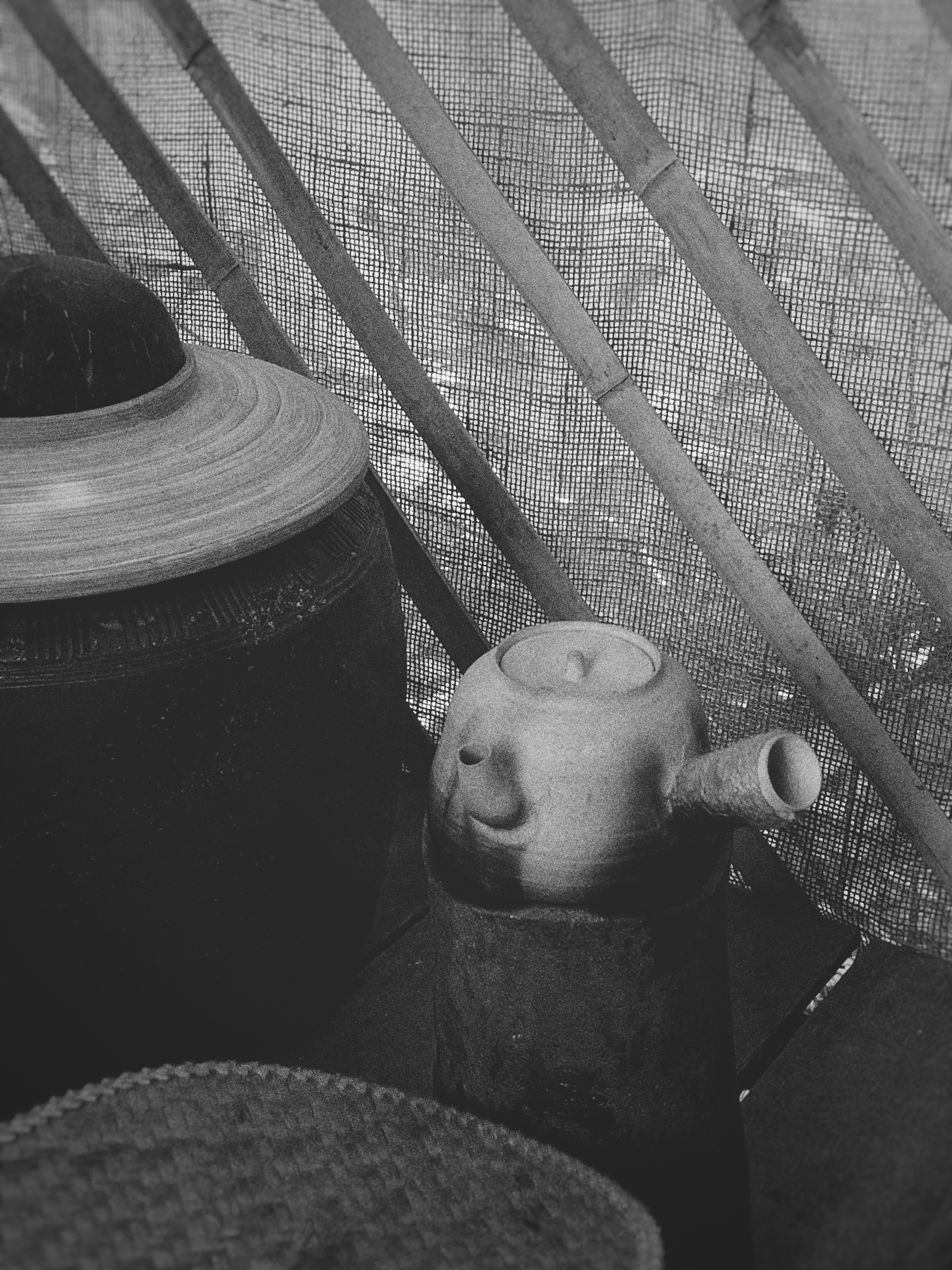While the spectrum and multilayerity of existing tea practices is certainly dynamic, singular in the diversity of their approaches, philosophies, and refinements, standardization and denominations of such practices can remain loose, subjective, and even preferential, with historical and cultural contexts being at times altered, disregarded, or reappropriated to better benefit the practitioner and their vision. For instance, the use of the word ‘ceremony’ to designate certain practices can, in some cases, be misleading if not problematic – a subject that I tackled a few months ago in a piece of writing entitled ‘Tea ceremony: an undefined crystallization‘.
From another and more open-minded perspective, the existence of such diverse tea-based ritualized approaches gives way to more security and resilience, while offering a breathing space where creativity can express itself through a plurality of pathways. Not inexorably bound to faithfulness, diversity stands as a powerful bridge and field of possibilities for tolerance, peace, harmony, and growth to blossom, infused with the personality and creative musings of the practitioners. The reflections and lessons that emerge offer a new framework where tea has the ability to weave and transform our connection with the sacredness of the outside and inside worlds.
Establishing clear and fixed distinctions between some of these amalgamated, hybrid, and readapted practices has inherent pitfalls and challenges – an exercise, however, mitigable by cultivating a deeper respect of and understanding for each of those eclectic lenses, their respective traditions, and the people that tend them. With this in mind, I for instance have recently made the decision from now on to only designate ‘gōng fu chá 工夫茶’ the Cháozhōu/Teochew 潮州 style of that tradition (a term initially used to refer to this brewing method specifically), with the term ‘lǎo rén chá 老人茶’ being exclusively used to characterize the Taiwanese gān pào 乾泡 (dry brewing) approach, in order to better and more accurately differentiate one practice’s core essence from the other’s.
Although legitimate, what is proper or wrong form or thinking is not necessarily the right question to ponder on in this particular context, considering its inherent complexity and subjectiveness. Beyond and before everything, one must strive to keep cultivating and sharing an authentic, open-hearted, and honest tea practice. A space that anyone can call Home.
———
If you appreciate this piece of writing, please consider contributing to Le cerf-volant’s endeavour through a donation. Thank you for your unwavering and precious support.

